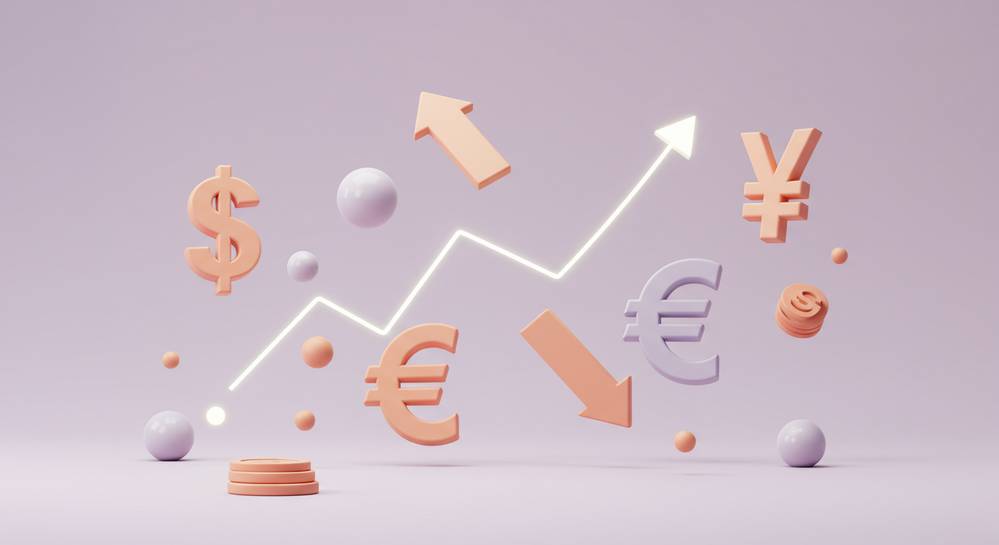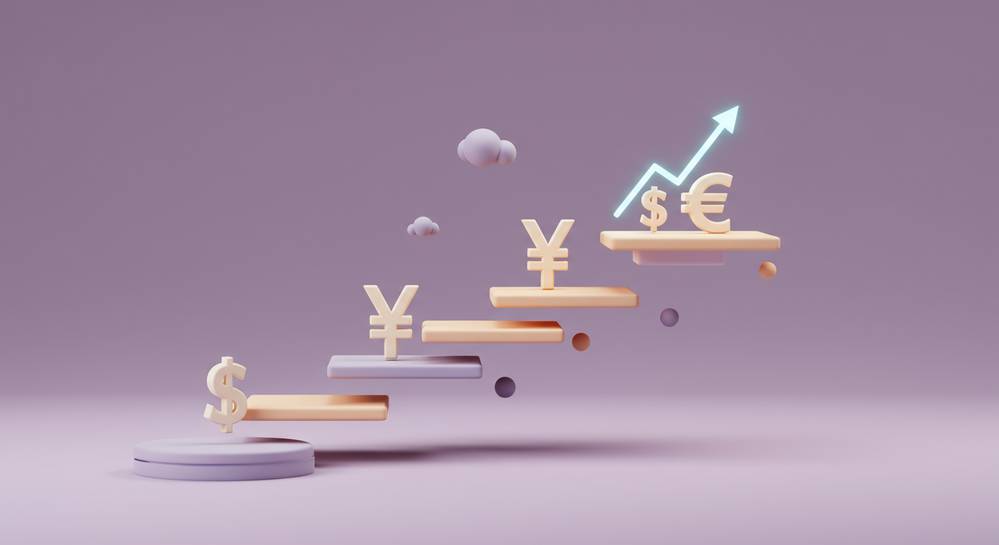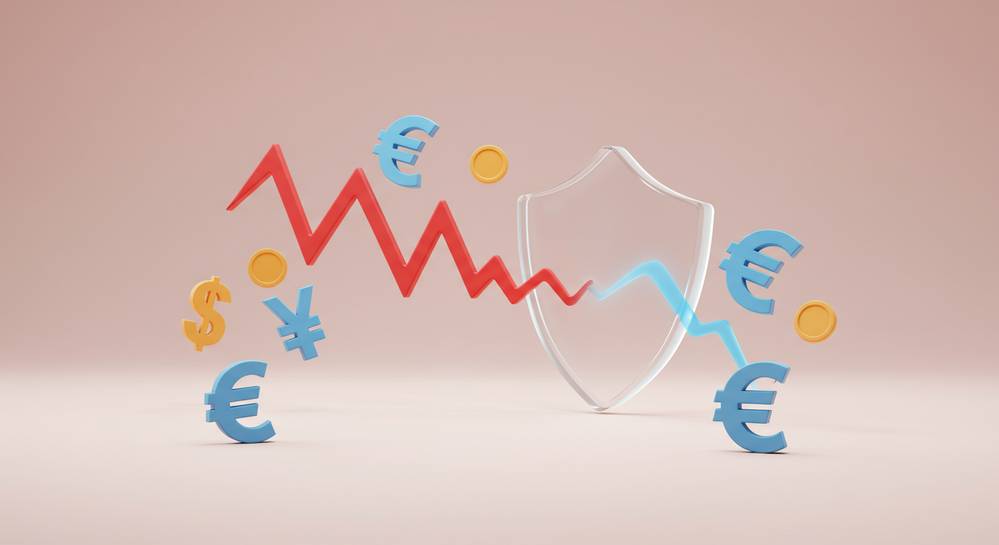Are you looking to enter the world of currency trading but dont know where to start? This beginner guide to forex trading provides a clear, step-by-step roadmap. We will break down the essential concepts, from understanding what the forex market is to implementing effective risk management. Our goal is to equip you with the foundational knowledge needed to trade with greater confidence and clarity.
What is the forex market

The foreign exchange (FX) market is the world’s largest financial arena, where currencies are traded globally. This beginner guide to forex trading starts by explaining its core nature as a decentralized, over-the-counter (OTC) market. Unlike stock exchanges, there is no central location. Instead, transactions happen electronically across a global network of banks, corporations, and individual traders, primarily to facilitate international commerce and investment.
How the forex market operates
Trading occurs 24 hours a day, five days a week, across major financial centers like London, New York, and Tokyo. This continuous operation ensures constant activity and price movement. Because it is decentralized, prices can differ slightly between dealers, creating opportunities. The market’s structure supports both large institutional investors and retail speculators aiming to profit from currency fluctuations.
- Massive Scale: Daily trading volume exceeds $7.5 trillion, according to the Bank for International Settlements.
- Exceptional Liquidity: This huge volume means you can execute large trades with minimal price impact, a key feature of high liquidity.
- Diverse Participants: Key players include central banks, commercial banks, hedge funds, and a growing number of retail traders.
Understanding core forex trading concepts
To trade forex successfully, you must understand its fundamental components. These concepts form the basis of every trade, strategy, and risk assessment you will make. This practical beginner guide to forex trading will walk you through the essential terminology, providing the confidence needed to navigate the market.
Currency pairs explained
In forex, you always trade one currency against another, which is why they are quoted in pairs. The first is the base currency, and the second is the quote. For example, with the EUR/USD pair, the price shows how many US Dollars are needed to buy one Euro. These pairs fall into three main categories:
- Majors: The most traded pairs, all involving the US Dollar (e.g., EUR/USD, USD/JPY).
- Minors: Pairs without the US Dollar but featuring other major currencies (e.g., EUR/GBP, GBP/JPY).
- Exotics: A major currency paired with one from an emerging market (e.g., USD/TRY).
Pips, lots, and leverage
A pip measures the smallest change in a currency pair’s price. A lot is a standard unit for the transaction amount. Leverage allows you to control a large position with a small amount of capital. While it can amplify gains, it also magnifies losses, making a solid grasp of undefined absolutely critical before you begin.
How to start forex trading step by step

Entering the forex market requires a structured approach, a core principle in any beginner guide to forex trading. Following clear steps helps build a solid foundation and avoid common pitfalls. The path from novice to confident trader is built on education, practice, and disciplined execution. Here is how to start your journey.
- First, choose a reputable broker. This is your gateway to the market. Prioritize one regulated by a top-tier authority and check its platform, support, and undefined.
- Second, practice with a demo account. Before risking real capital, use a demo account to trade with virtual funds in a live market. This is the best way to learn the platform and test strategies risk-free.
- Third, create a trading plan. This plan defines your goals, risk tolerance, and rules. It must specify what you trade, your entry and exit criteria, and how you manage risk to keep decisions objective.
- Finally, transition to a live account. After achieving consistent results on a demo account, you can go live. Start with a small amount of capital you are prepared to lose and grow from there.
Common risks and how to manage them

Understanding and managing risk is what separates successful traders from the rest. The forex market is volatile, and without proper risk management, your capital is always exposed. This is a non-negotiable part of any beginner guide to forex trading. Acknowledging these dangers is the first step toward protecting your investment and trading sustainably.
Key forex trading risks for beginners
The most common risks you will face are leverage, market volatility, and emotional decisions. While leverage can amplify profits, it also magnifies losses, potentially exceeding your initial deposit. Market volatility, driven by economic news and events, can cause rapid price swings. Finally, fear and greed can lead to irrational choices like holding losing trades too long.
To mitigate these threats, implement a strict risk management strategy. A popular guideline is the 1% rule, where you risk no more than one percent of your trading capital on a single trade. Always use stop-loss orders to automatically close a losing position at a predetermined price. A clear trading plan is your best defense against emotional interference.
Embarking on your forex trading journey is an exciting prospect. Success is not about finding a secret formula but about building a strong foundation of knowledge, practicing disciplined risk management, and committing to continuous learning. By following the principles in this guide, you are well-equipped to navigate the market with confidence. For more insights and advanced guides, visit Crypto Market Pulse.


